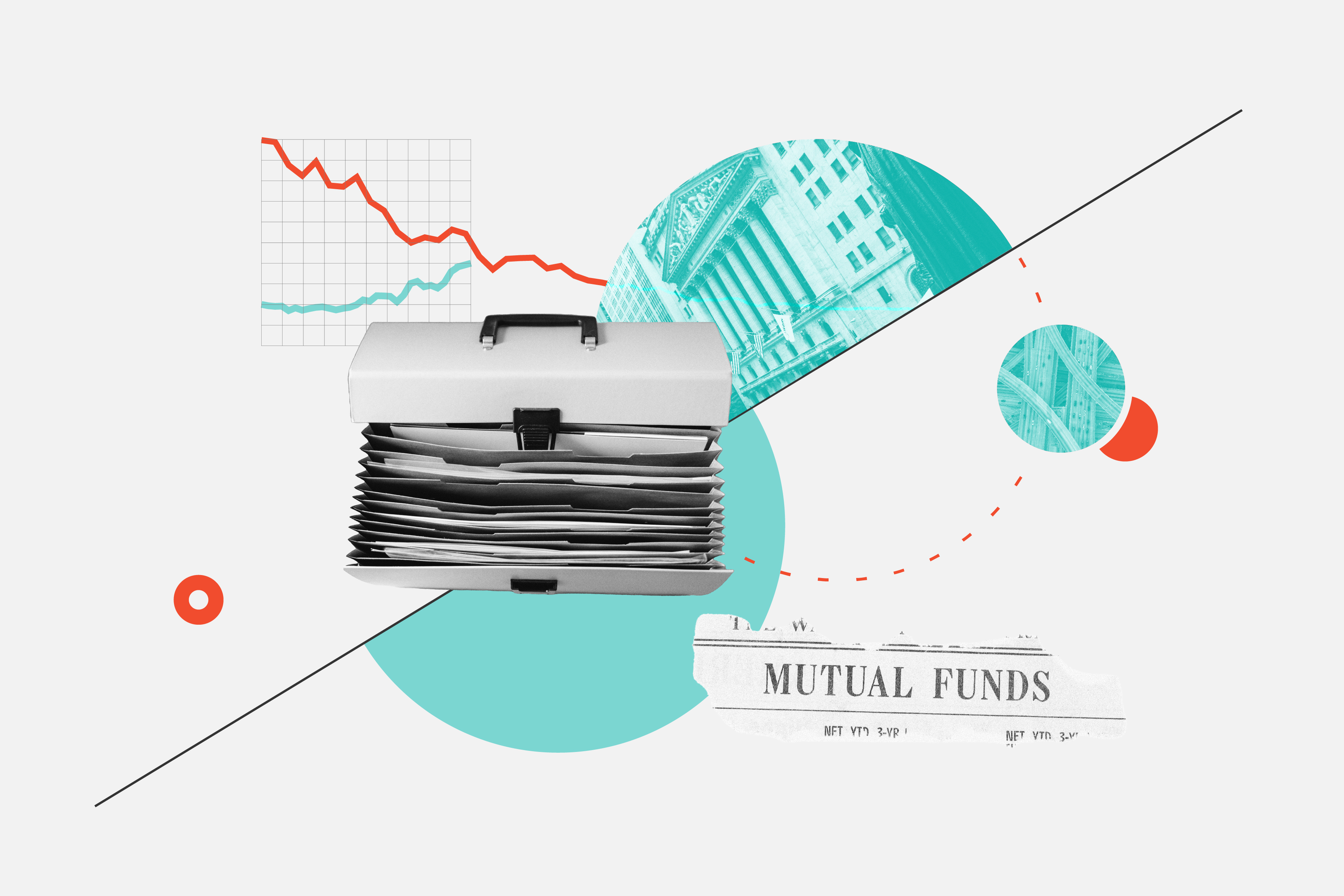Investors can choose ETFs with distributions made up of dividends, interest income, return of capital, or a combination of these. It's important to know how an ETF's distribution is treated for tax purposes so that you can plan to minimize your tax liability and maximize your after-tax return.
ETFs are generally structured to flow any income or distributions earned on the underlying portfolio, less their expense ratio, to the shareholders of the ETF. The tax character of the underlying portfolio income will generally stay the same for the ETF's income. For example, if you hold an ETF that tracks a basket of bonds, the ETF will distribute interest income just like the bonds themselves. If you hold an ETF that tracks a basket of Canadian dividend-paying stocks, the ETF will distribute dividend income.
In some Claymore ETFs, we have structured our ETFs to provide more tax-efficient income than the underlying securities themselves. You can learn more about these by searching on our website for more tax-efficient products.
Now let me take a moment to describe some of the different types of income that can come from an investment product or an ETF:
Interest income, which most often comes from bonds or other cash instruments, is taxed at the highest tax rate for investors.
Canadian dividends, paid by common or preferred shares of Canadian companies, receive a preferential tax credit that lowers Canadian investors' tax liability.
Foreign dividends do not quality for this tax credit and are in fact treated as foreign income and taxed the same as interest income.
Return of capital is a classification given to distributions that do not fall in the other categories and is often seen as a distribution or a payback of the client's own funds. Because of this, distributions that are classified as return of capital are not taxable until an investment is sold, at which time investors must report it by adjusting their cost base lower, which will affect the taxable capital gain or loss amount. Return of capital defers the tax liability and allows distributions to be taxed at the more preferential capital gains rate.
It's important to understand the different tax treatment of distributions to maximize your after-tax returns. It is always best to consult a licensed tax professional for tax advice.















